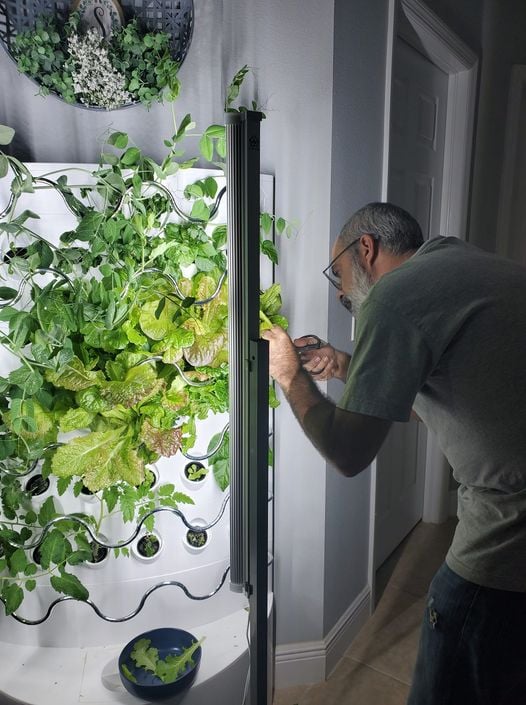IGWorks® (www.IGWorks.com) stands for Indoor Garden Works. We sell innovative, sustainable, attractive and easy to use products that make it easy to grow your own food, in the comfort of your home. All of our products are designed to be beautiful and convenient enough to use in your living room. Our first product, the iHarvest® is a modern wall garden that grows 30 plants vertically in only 2.5 square feet of floor space, and literally adds a living wall of fresh fruit and vegetables to your home. Lettuces and herbs are attractive enough, but when cherry tomatoes, strawberries, peppers, eggplants and more are flowering and fruiting in your living room, the iHarvest® has a way of transforming itself from a simple garden to a living piece of artwork that changes just a little bit every day.
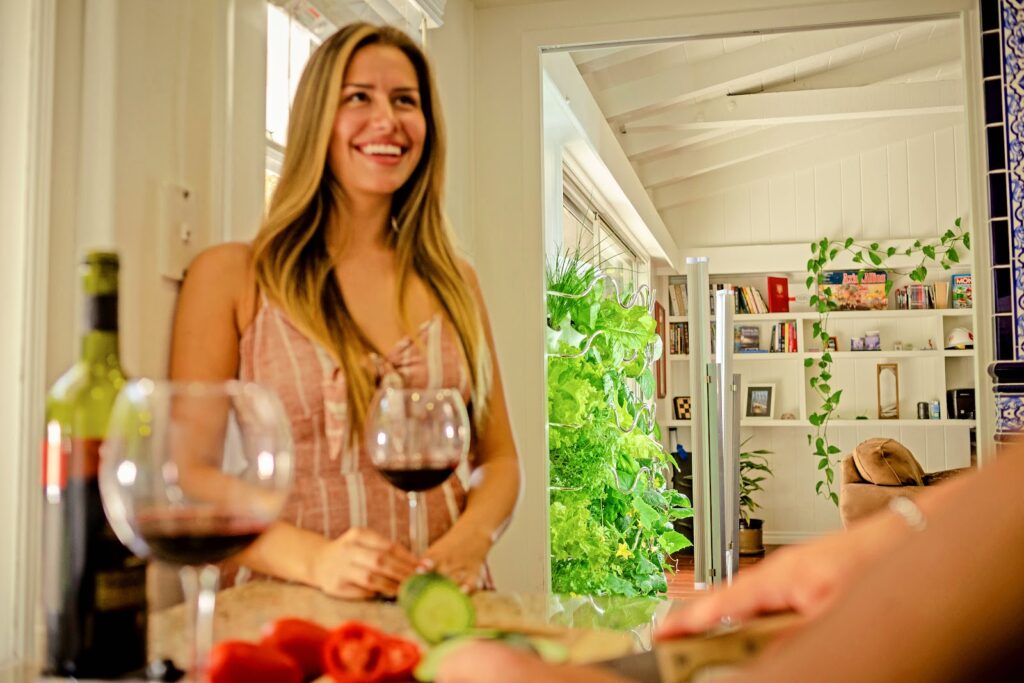
IGWorks® has also developed innovative lighting solutions that use powerful, but energy efficient LED lights which allow our customers to grow a range of produce indoors. For example, while the iHarvest® can grow a variety of fruits and vegetables, it’s not designed to grow plants like blueberry bushes, pineapple plants, and even corn stalks! Our LED lights, which use as little as 36 Watts of power, have the ability to grow these plants indoors, with absolutely no natural light. And, we’re developing a number of other products as well, including another easy to use, attractive and convenient countertop garden for smaller plants and vegetables that will ensure our users will always have access to fresh herbs, anytime of year.
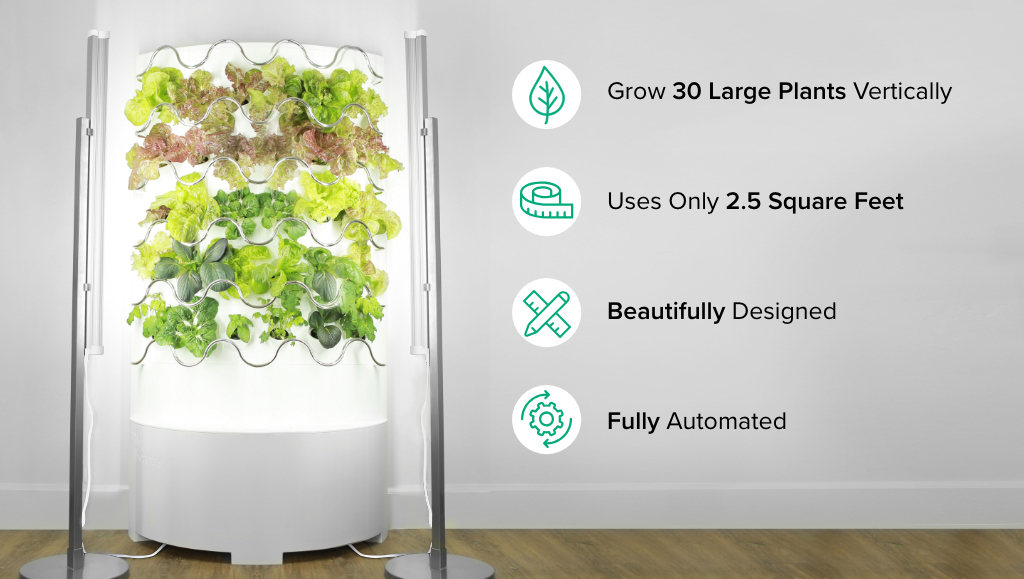
Founder’s Story
My name’s Dave, and I invented the iHarvest® and created IGWorks®. I knew that there were people out there, just like me, who wanted to garden and grow their own food, but didn’t have the outdoor space to do so. When I lived in the city, I considered joining a community garden where I could get access to a small, 10ft x 10ft garden. But, I had a busy life and there were none within walking distance. Even those that were further away often had a waiting list of a year or more.
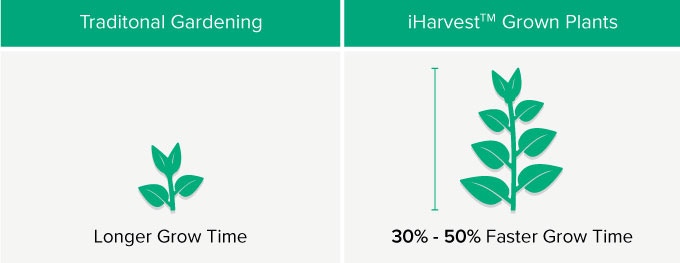
Eventually, I moved to an area with a large patio, and I purchased a big, raised garden bed with a whole bunch of soil and seeds. I was super excited as my lettuce, tomatoes, peppers, and cucumbers sprouted and began to grow. But far too quickly, I recognized something was wrong. My small patio area only received two or three hours of direct sunlight a day, and it was incredibly bright and hot during the summer months. I did my best to keep my plants watered appropriately, but eventually they all died with only a tiny cucumber and 3 small tomatoes to show for it.
I knew I wasn’t the greatest gardener in the world, but I’m not a dumbbell either. It just shouldn’t be that hard for people living in urban environments to grow their own food. So, I began looking into hydroponics and vertical gardening. I realized that even NASA had become quite interested in hydroponics, and had done studies showing young tomato plants growing 3 times faster in hydroponics than in soil. There was also a small community of DIY growers building their own systems in their basements and garages.
Not long after beginning my research into hydroponics, I built my first iHarvest® prototype. I was absolutely amazed by how quickly and effortlessly all of my plants grew. And because I was growing my plants vertically, against a wall, it took up only a few square feet of floor space to grow even more than I would have been able to grow in a 10 x 10 ft outdoor garden. The early iHarvest® prototype even looked stunning, especially when all of the plants had grown in. And, I recognized that the only reason all of these DIY YouTube growers were growing food in their basements or garages was because their systems were ugly monstrosities that were too large and had issues with leaking. By solving these problems, I believed that I could take indoor gardening from something that a few handy DIYers were doing to something that would be available to everyone, everywhere.
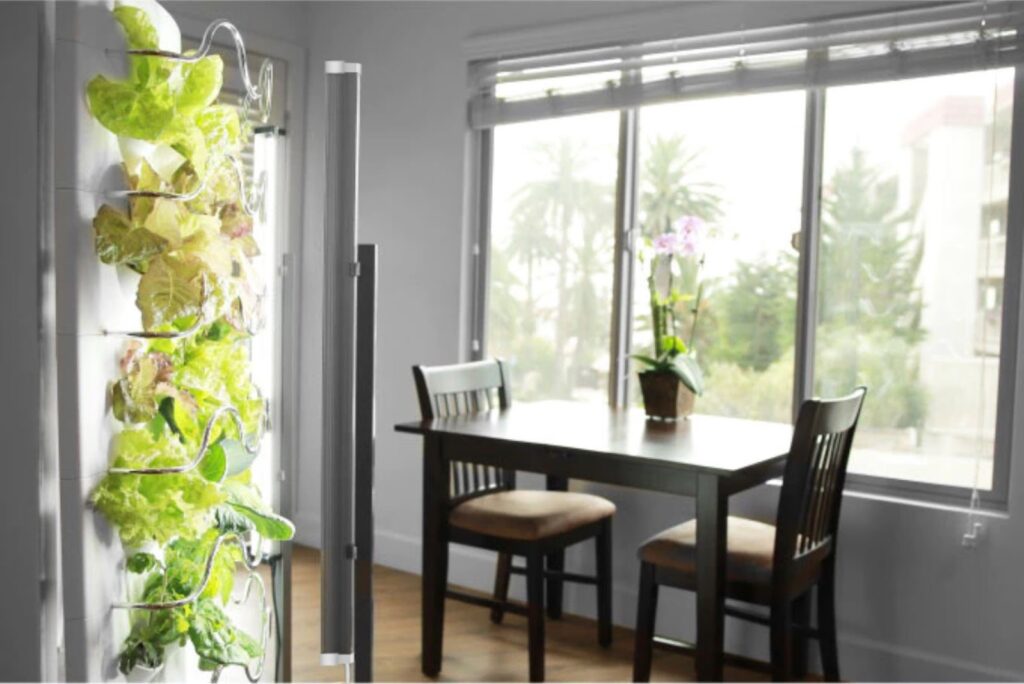
Eventually, I was able to engineer the iHarvest® so that it could be mass produced as an attractive, functional hydroponic garden that came with everything needed so that anyone can grow 30 plants at home with only 2.5 square feet of floor space. I was able to raise money via Kickstarter and before I knew it, I was manufacturing my very own invention.
Challenges:
It hasn’t been easy getting to this point. IGWorks® has had a number of challenges over time. Some of those are older challenges that have slowed our growth, and there are newer challenges as well. In life, and in business, there will always be new challenges around the corner. So, I think as an entrepreneur, you have to enjoy solving them.
When we first started shipping the iHarvest®, we had a lot of items show up broken. We had tested our packaging and we felt good about it, but when we started shipping 100’s of units at the same time, we quickly recognized there was a problem. The packaging was improved and we no longer have this issue, but absorbing the enormous cost of replacing those items slowed our growth potential.
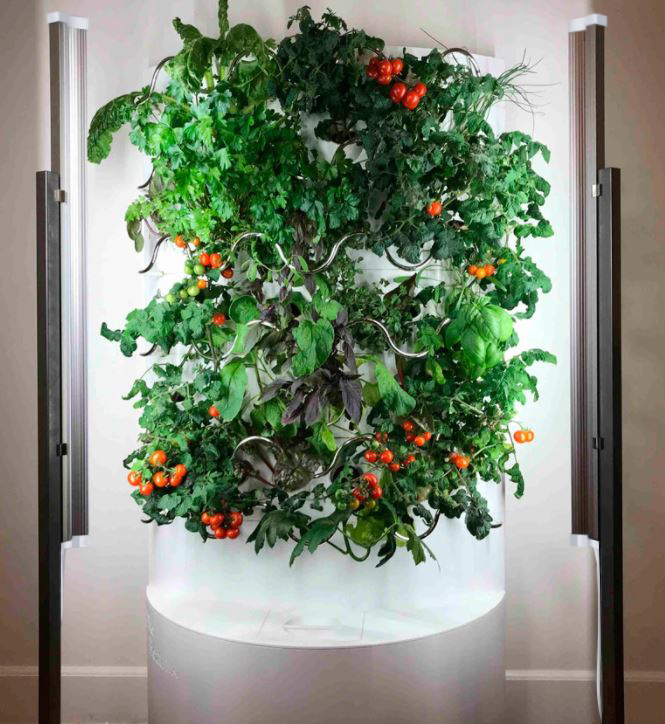
More recently, inflation has created issues of its own. Our international shipping costs went up by a factor of ~8x during COVID, and they have only come down a small portion of the way. Our shipping costs here in the USA have also increased a great deal, as have our material costs. Raising our prices is, of course, a possible solution, but it comes with its own set of problems.
Opportunities:
IGWorks® is a growing business (no pun intended), and there are several reasons for this. First, people have become much more knowledgeable about where their food is coming from, and what goes into that process. When you grow your own food at home, and especially indoors, you know that it is 100% free of harmful pesticides and herbicides.
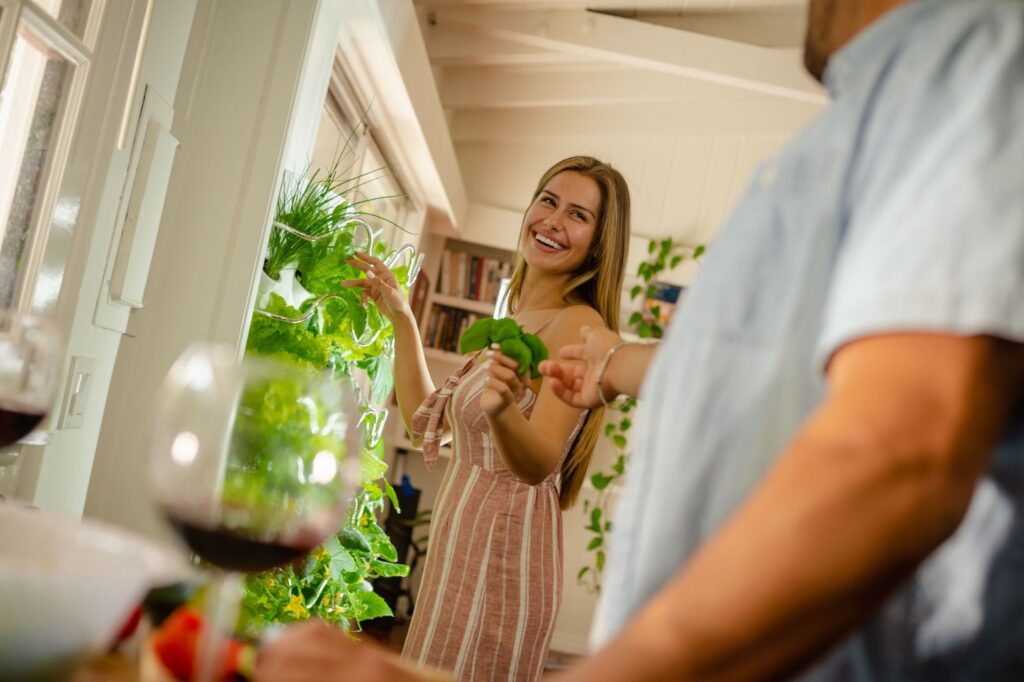
Second, we as a society are living in smaller and smaller homes with less outdoor space to grow our own food and enjoy nature. Growing indoors is the only way for many of us to grow our own food at all, and those that already grow outdoors understand the benefit of not worrying about extreme weather and seasonality on their ability to grow their own food.

The third significant reason that IGWorks® and the indoor home gardening business is growing so quickly is that society is becoming much more aware of the environmental benefits of doing so. Our gardens take advantage of hydroponics, which uses 95% less water and 60% fewer fertilizers than traditional farming practices. It also takes up less space, eliminates issues associated with soil erosion, and more importantly eliminates emissions associated with transporting food halfway across the globe. But many people are quite surprised about what may be the greatest environmental benefit of growing our own food…it’s the elimination of food waste! Earth.org reports that approximately 1/3 of all food produced for human consumption is wasted every year, and that if food loss was a country, it would be the world’s third-largest greenhouse gas emitter while also wasting about a quarter of our water supply in the form of uneaten food. When we grow food at home, we harvest that food when we’re ready to eat it. That means it stays alive and fresh rather than being picked, packaged, transported, purchased and stored in our refrigerator while slowly going bad and eventually being thrown away.
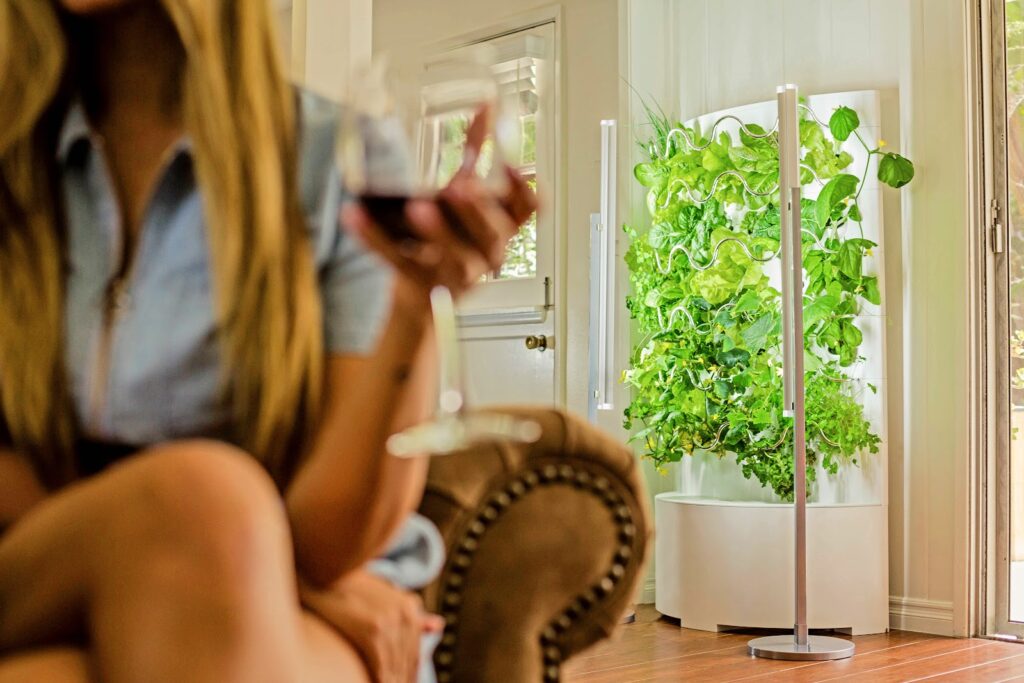
The fourth and final reason I’ll mention regarding why IGWorks® is a growing business is that while the upfront investment may be hundreds of dollars, the savings can add up to thousands of dollars quickly. The iHarvest®, for example, has the ability to produce up to $1,000 of food each and every year. There simply are not that many products we can purchase that are beautiful, fun, healthy, and also have the ability to pay for themselves in a single year.
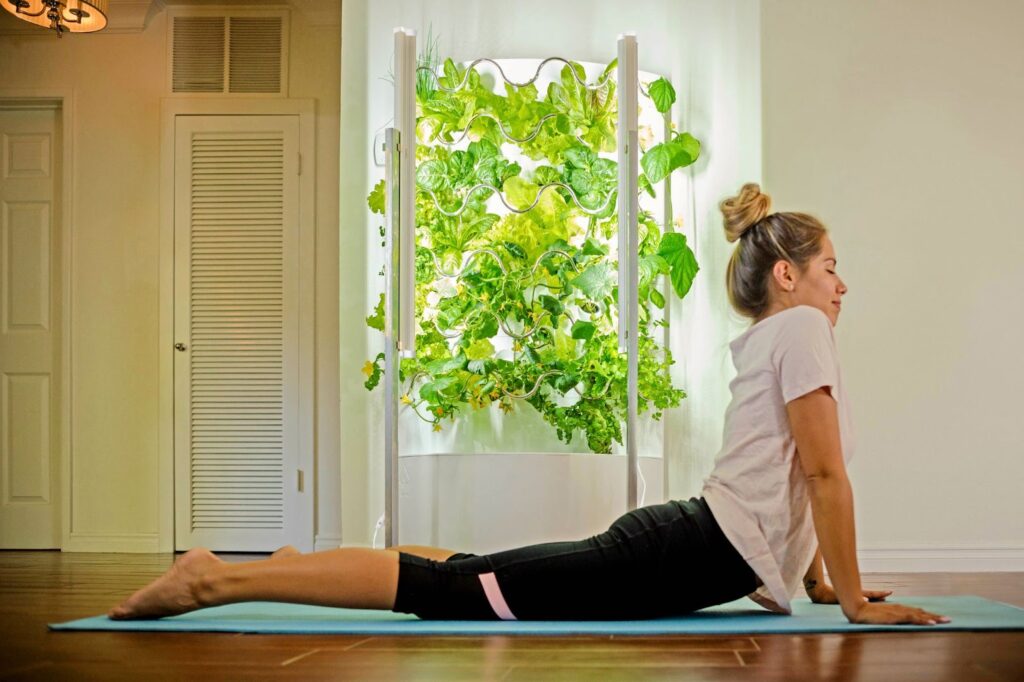
Beyond the opportunities that exist due to the value of allowing people to grow their own food with the iHarvest®, there are a number of business opportunities for IGWorks® that I believe will grow the business quickly, especially if we are able to raise additional funding. We are developing new indoor gardening products that will appeal to wider group of potential indoor food growers. Not all of our potential customers desire a product that can grow as much food as the iHarvest® does, so we will be releasing new units that take this into account soon. IGWorks® also recognizes that technology is important to many of our customers. Beyond automated lights and timers, we are working on new Wi-Fi control capabilities as well. In total, our goal at IGWorks® is to develop the products and services that make indoor gardening work well for the widest group of individuals possible. At the end of every year, I want to look back and know, without a doubt, that we have significantly improved our products and value proposition to our customers. We have done so every year thus far, and will continue to do so. That success has been validated by significant increases in year-over-year sales.
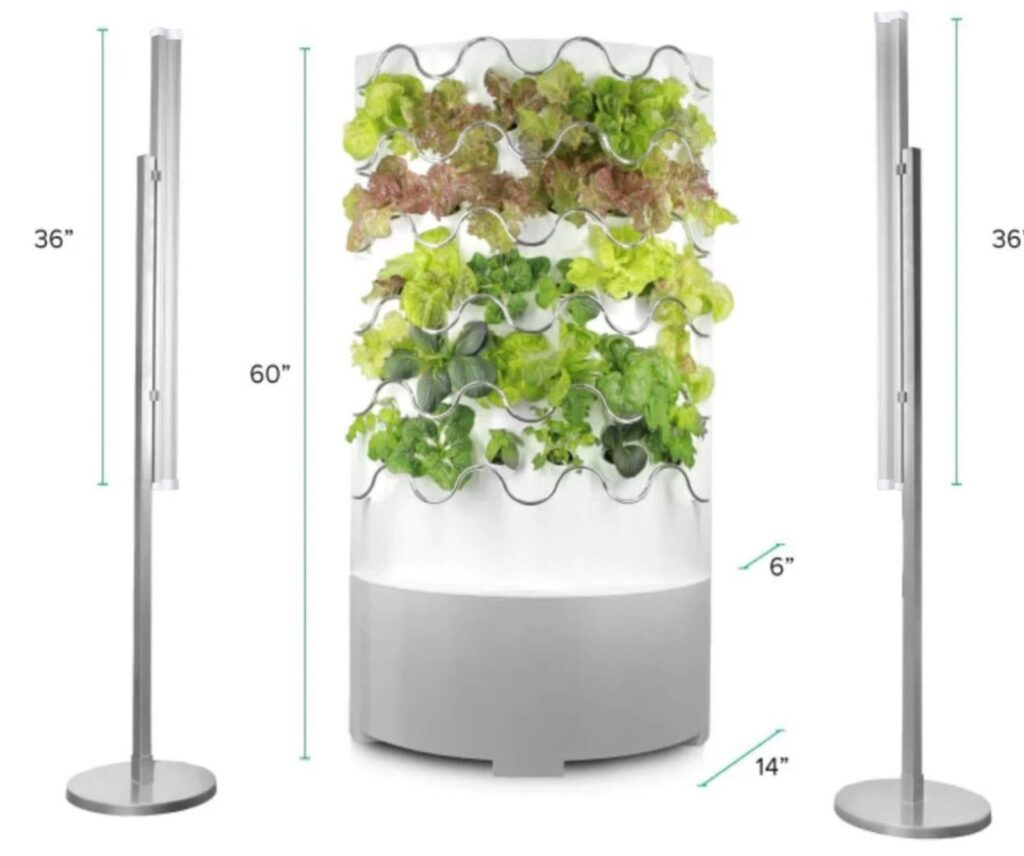
Advice:
Starting a business is not easy. If you’re new to the game, funding is a very difficult thing to come by. That means you’re likely bootstrapping a business while still working a day job to support your ambitions. Believing in yourself is imperative. Optimism that you can achieve despite varied and significant obstacles that will inevitably end up in your path is imperative as well. But these are just the early prerequisites to starting a business. Eventually, the rubber hits the road and optimism itself will not sustain you. Never stop thinking outside of the box, and never forget that you live and die by the opinions of your customers, whoever they are.
- Eye Spy: Worldwide Eye Color Percentages - April 19, 2024
- Elevate Energy, Soothe Stress, And Peak Performance with The New UNBEETABREW Coffee Sensation - September 21, 2023
- Chef Bob’s Coffee: A Journey Fueled by Passion - July 29, 2023

